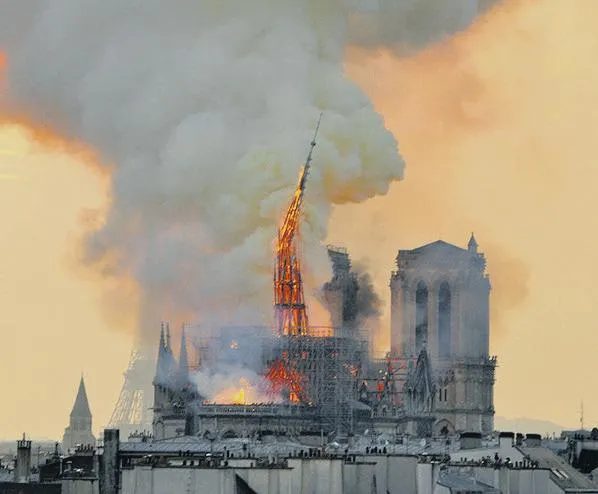The fire at Notre-Dame cathedral (see photo) in Paris on 15 April, 2019 is a symbol of the church that burns in secularised Europe and, more generally, in the globalised world.
Andrea Riccardi’s book, La Chiesa brucia: Crisi e futuro del cristianesimo (The Church Burns: Crisis and Future of Christianity) (Bari-Rome: Laterza, 2021) starts with the evocative image of the burning Notre-Dame. Riccardi is well-placed to bring forth his analysis, being professor of Contemporary History at the University of Rome III and a biographer of John Paul II. His is an insider’s and scholarly voice on the inner dynamics of Roman Catholicism.
A Church in crisis
The Notre-Dame cathedral is in the centre of Paris, in the heart of Europe, embedded in its history and an emblem of its culture. It burned and, by burning, it represents the state of profound crisis in which (Roman and institutionalised) Christianity finds itself. This is not fake news, but a factual observation. Practitioners are declining across the continent, vocations are collapsing everywhere, traditions are eroding and entering the tunnel of oblivion, adherence to belief and morals are plummeting, and local parishes are in an identity crisis. The processes of secularisation seem unstoppable and are dismantling the bricks of institutional religiosity one piece at a time. The church is certainly experiencing a period of decline. Does it even risk disappearing?








Francis (1936-2025) – the Pope so close, yet so far away?
A leading evangelical in Rome, Leonardo De Chirico, offers his personal reflections on the direction of the Roman Catholic Church …